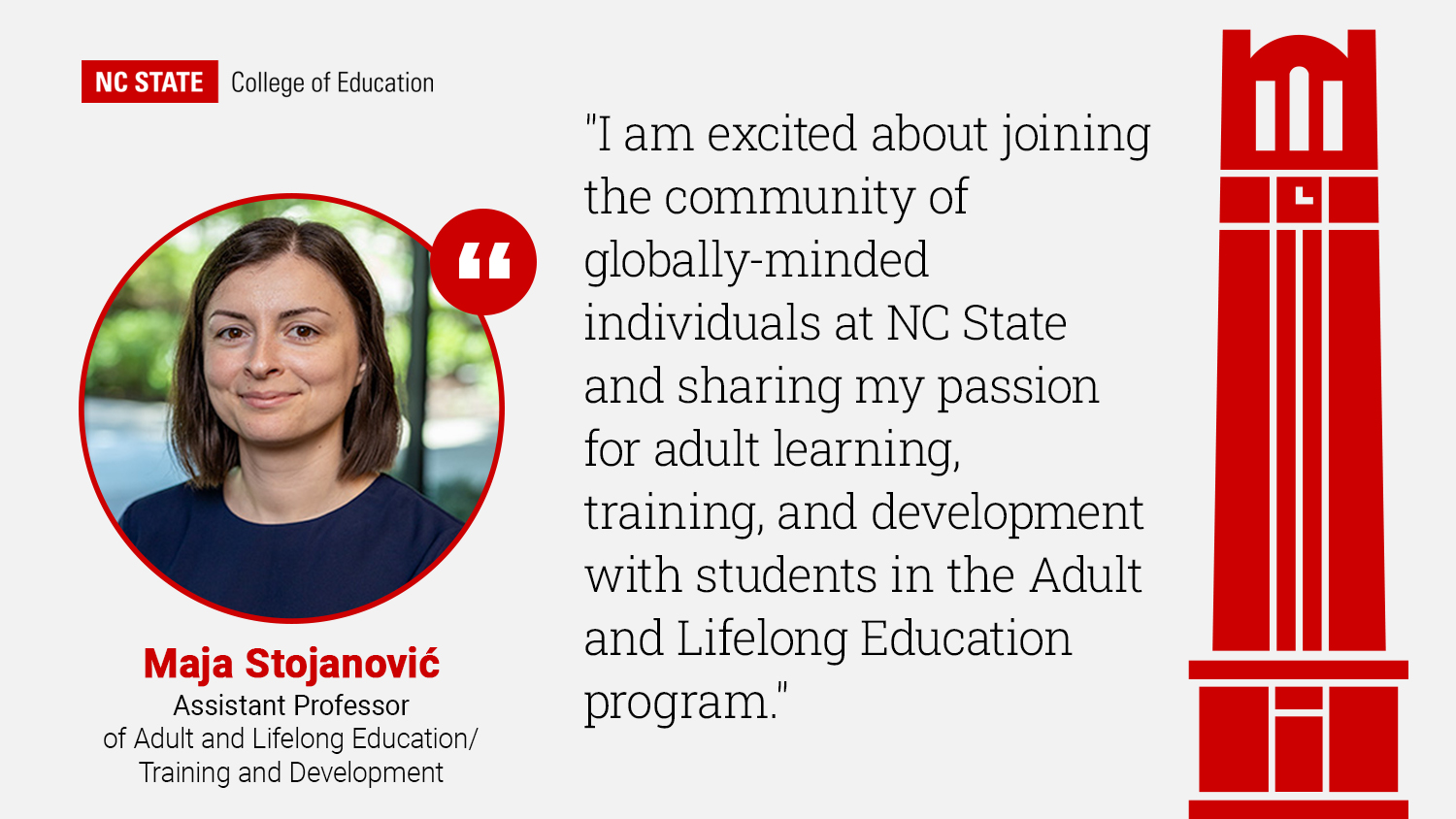How Can Game-based Learning Improve Student Achievement in STEM? ‘We See the Immediate Benefits of Having Students More Interested in Learning,’ Says Professor Emeritus Eric Wiebe
When students engage in game-based learning in STEM classrooms, they not only learn content, but also learn the practices they will need to be successful in STEM subjects, according to NC State College of Education Professor Emeritus Eric Wiebe.
Wiebe, who retired from the College of Education and his role as senior research fellow at the Friday Institute for Educational Innovation this summer, has spent more than 30 years studying the integration of technology in instructional settings, with a recent focus on game-based learning. As the phrase game-based learning suggests, Wiebe said that it’s crucial to understand the learning outcomes desired for students when introducing gamification into the classroom.
“We’re going to be interested in cognitive outcomes, such as the learning of facts, names and places, but I think we’re really more interested, especially in game-based learning environments, in developing practices. For example, the practice of mathematical thinking or the practice of computational thinking,” he said.
By using game-based learning platforms, children are doing things like thinking about problem solving while writing a program to get two in-game characters to interact, using algorithmic thinking to represent real-world ideas through code while troubleshooting programming issues, and learning how to design experiments and collect data to prove or disprove a theory.
“This sounds like what professional scientists do, but this is what we also want elementary and middle school students to do too,” Wiebe said.
How Can Game-Based Learning Be More Engaging for Students?
While there are multiple strategies teachers can use to help students develop STEM skills, game-based learning, Wiebe said, can often elicit increased positive emotions from participants compared to more traditional methods.
While learning the content addresses the cognitive side of learning, adding gamification can address the affective side, bringing kids into a state of flow, where they are highly concentrated on a given task.
“From the affective side, we see the immediate benefits of having students more interested in learning, because they feel they are having a positive experience, but also developing positive attitudes towards future learning,” Wiebe said. “As educators, we’re always interested in getting kids engaged and in a high flow based on their learning, and we see game-based learning as having some real potential to do that.”
One of the reasons game-based learning can so successfully keep students engaged, Wiebe said, is because the platforms often present children with relatable challenges to solve.
These challenges can often draw on cultural contexts or students’ personal interests while providing opportunities for students to collaborate with their peers both in person and through virtual characters in the game.
Students also often receive rewards for their success, in the form of virtual currency or badges.
“There can also be the reward of solving an achievable challenge and then being presented with another challenge that builds on the skills the students have now developed and the knowledge that they’ve now acquired within that game-based learning environment,” Wiebe said.
How Can Teachers Integrate Game-Based Learning into the Classroom?
When introducing game-based learning into the classroom, Wiebe said there are a variety of different pedagogical approaches that teachers can take, depending on their goals, their individual students, and those students’ interests and capabilities.
However, it is important to make sure students are prepared in advance for the new learning tool. Teachers, Wiebe said, should think about the following questions before venturing into game-based learning:
- What activities do I need to do with students to prepare them for this game-based learning environment?
- Is there background knowledge my students need to know first?
- Are there ways, outside of the game environment, to get them excited about the goals and challenges they will face within the game?
- Will students benefit more from this particular game by playing individually or in pairs?
- How much time should be spent on the game during class?
“The importance is going to be understanding what your goals are as a teacher in that classroom and what the potential is for this game-based learning environment,” Wiebe said.
When using game-based learning, Wiebe also reminds teachers that the affective dimensions of gamification that can increase positive student responses can also elicit negative emotions from some children. It’s important, he said, for teachers to know their individual students and know when to intervene if someone is struggling with game-based learning.
“Sometimes solving those challenges will, in fact, build self-efficacy. On the other hand, not solving those challenges can build frustration and feelings of a lack of confidence or competence,” he said. “Teachers need to be attuned to their students and know when to intervene by possibly bringing other students in to help or turning the game-based experience in a different direction with different levels and challenges.”
- Categories:



